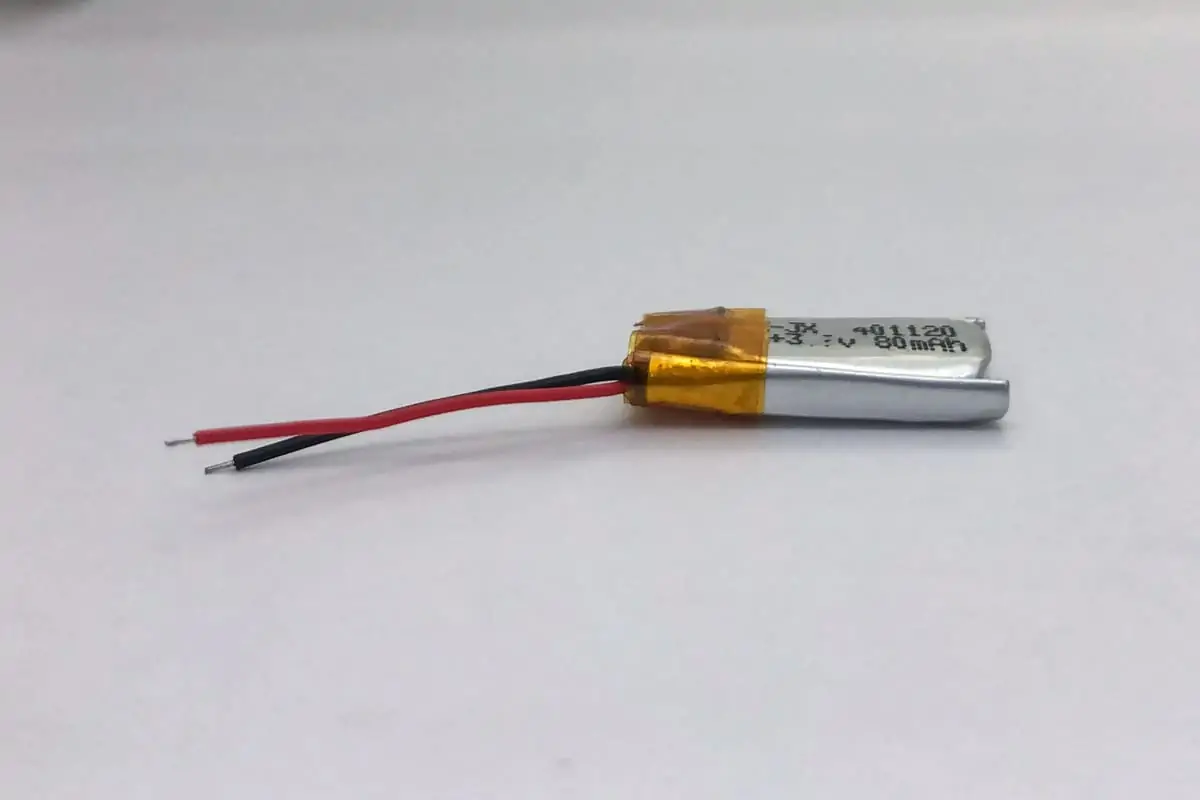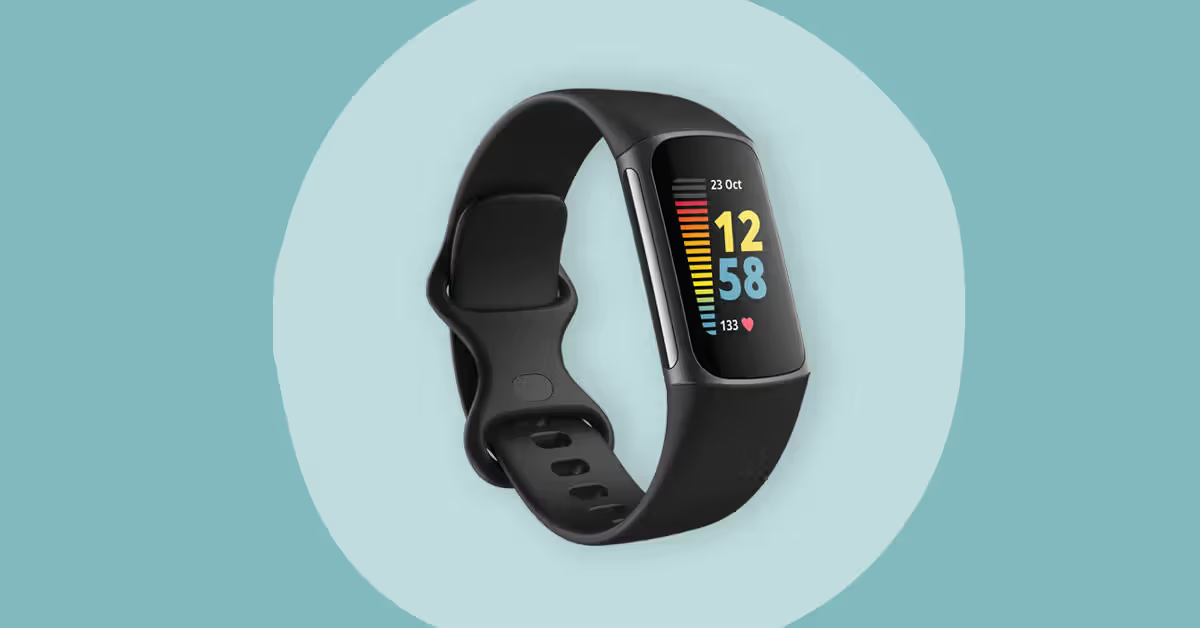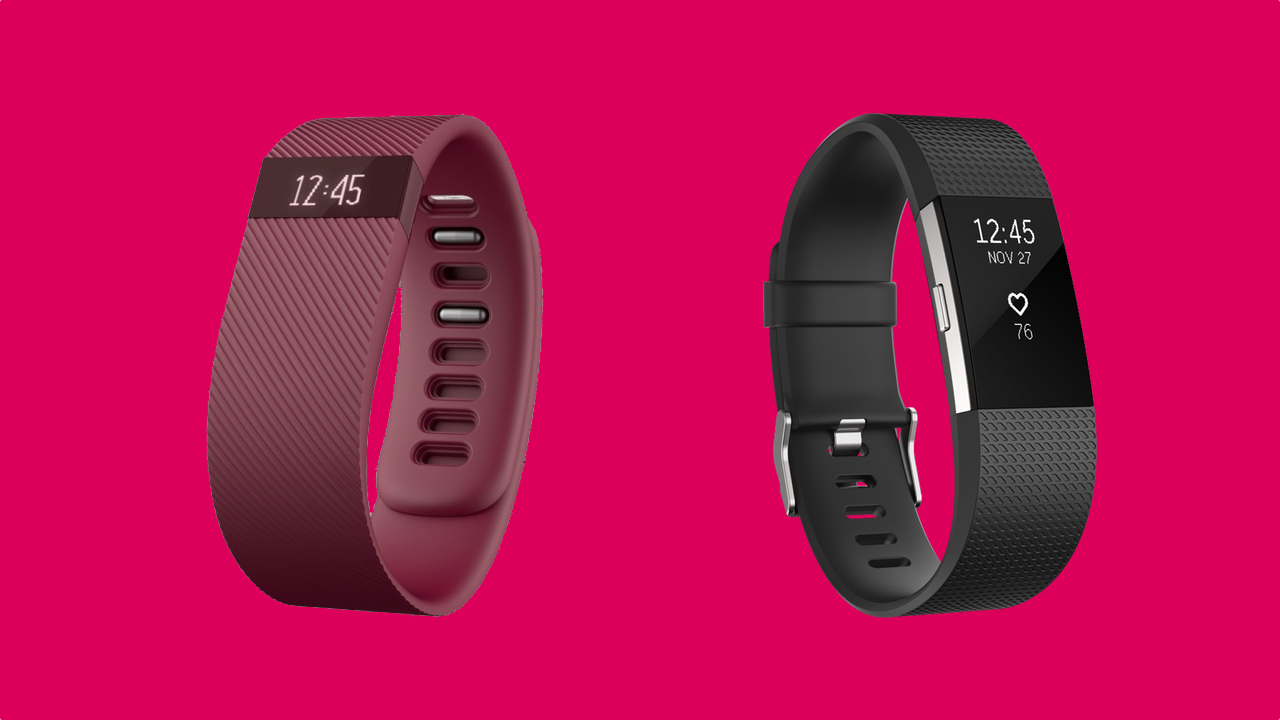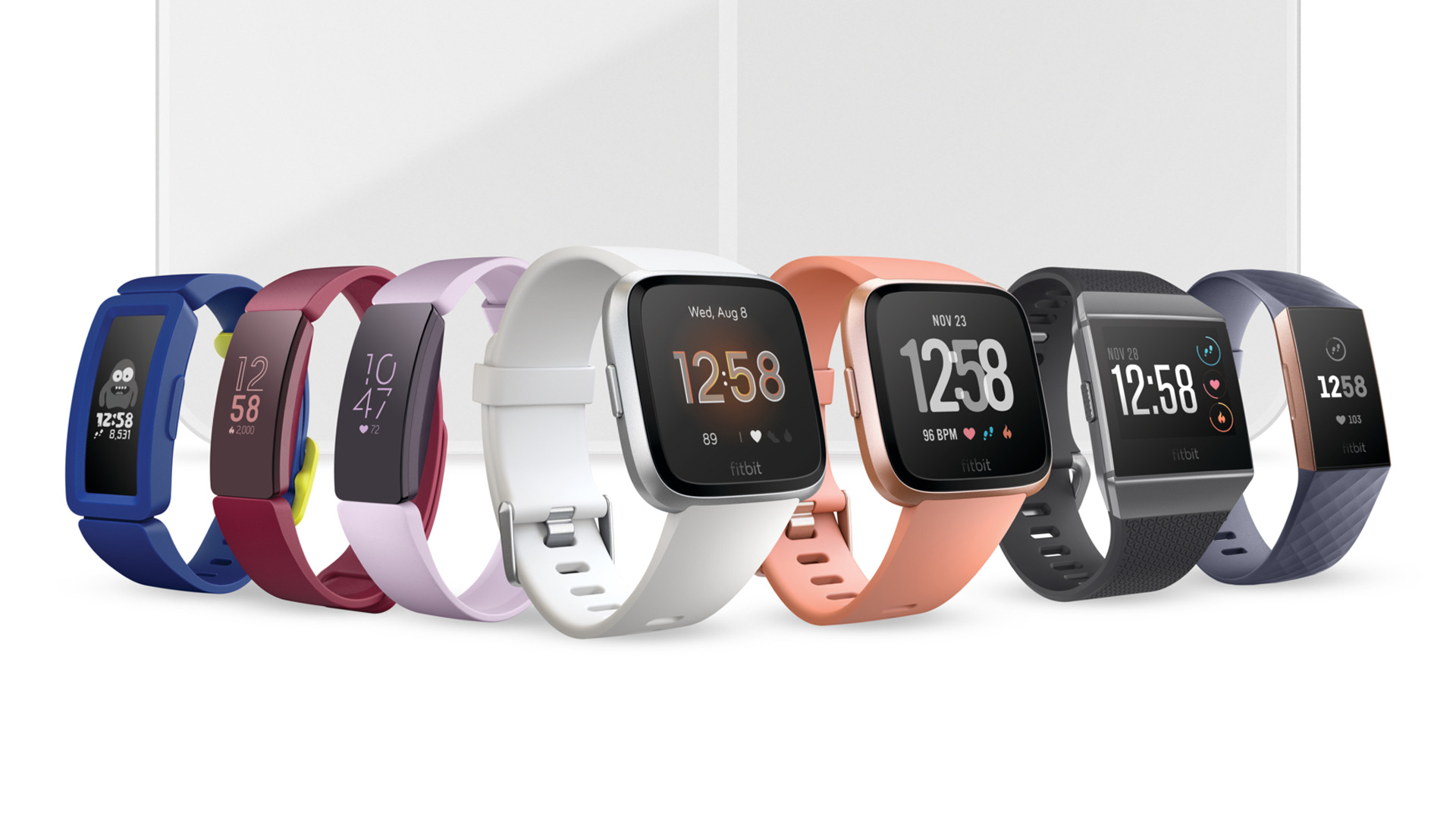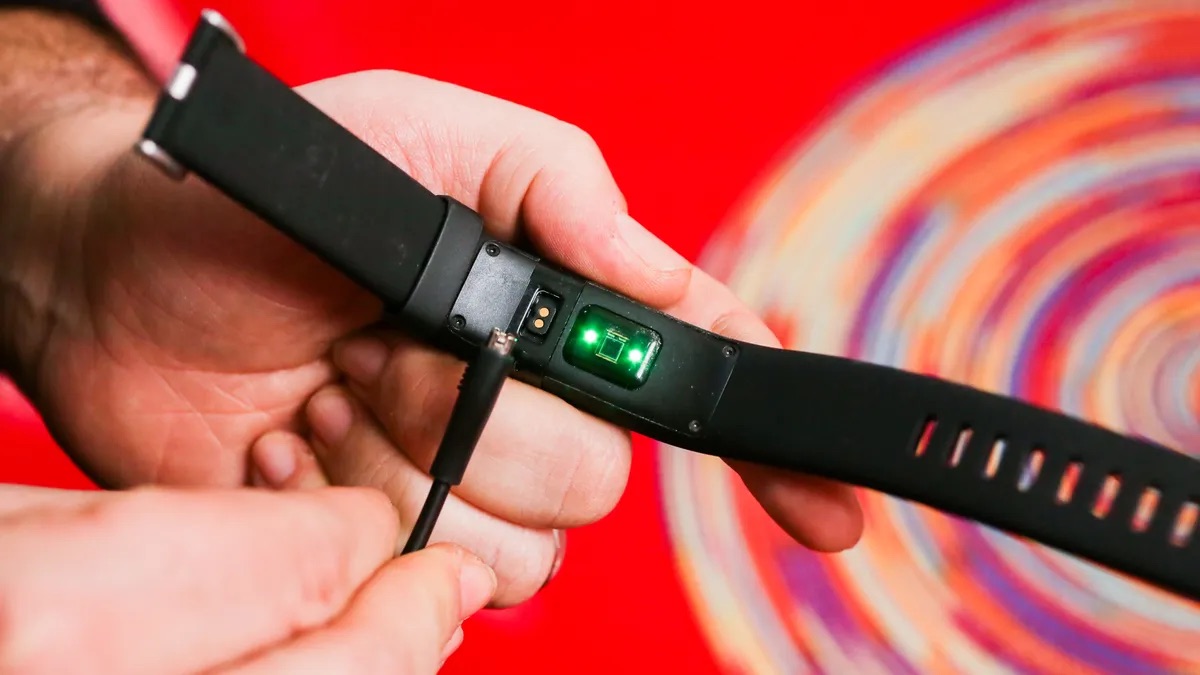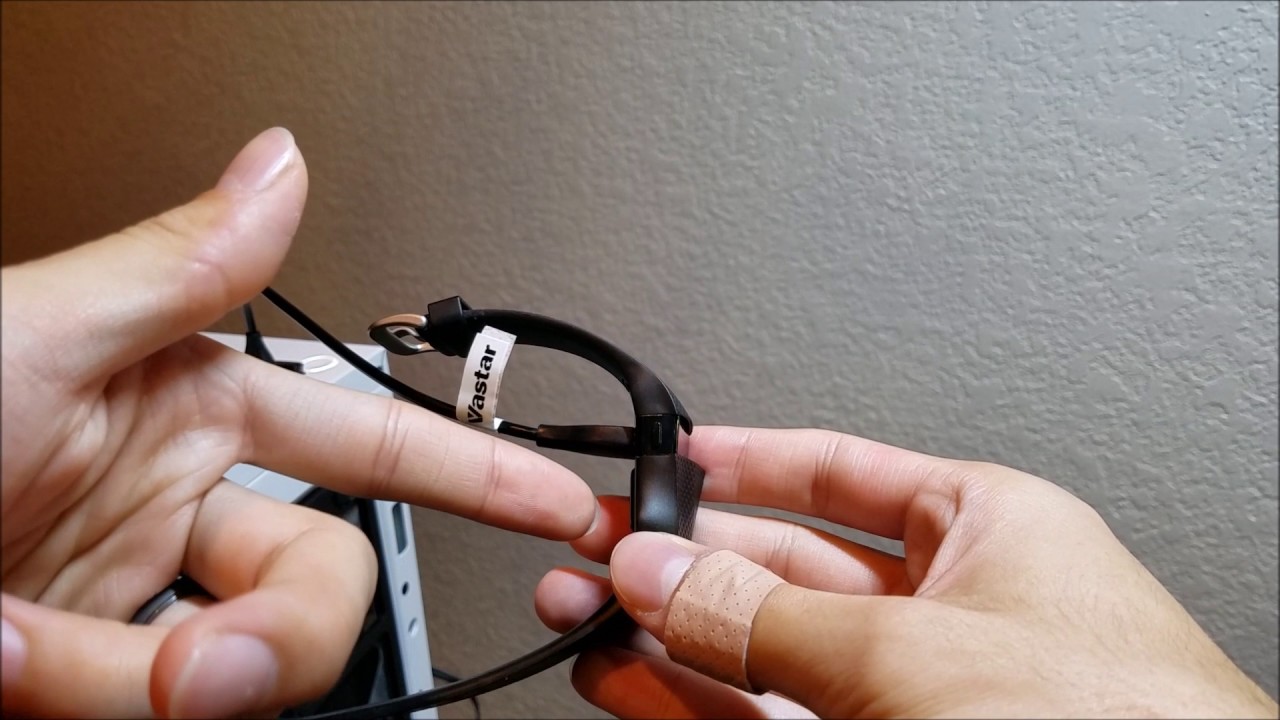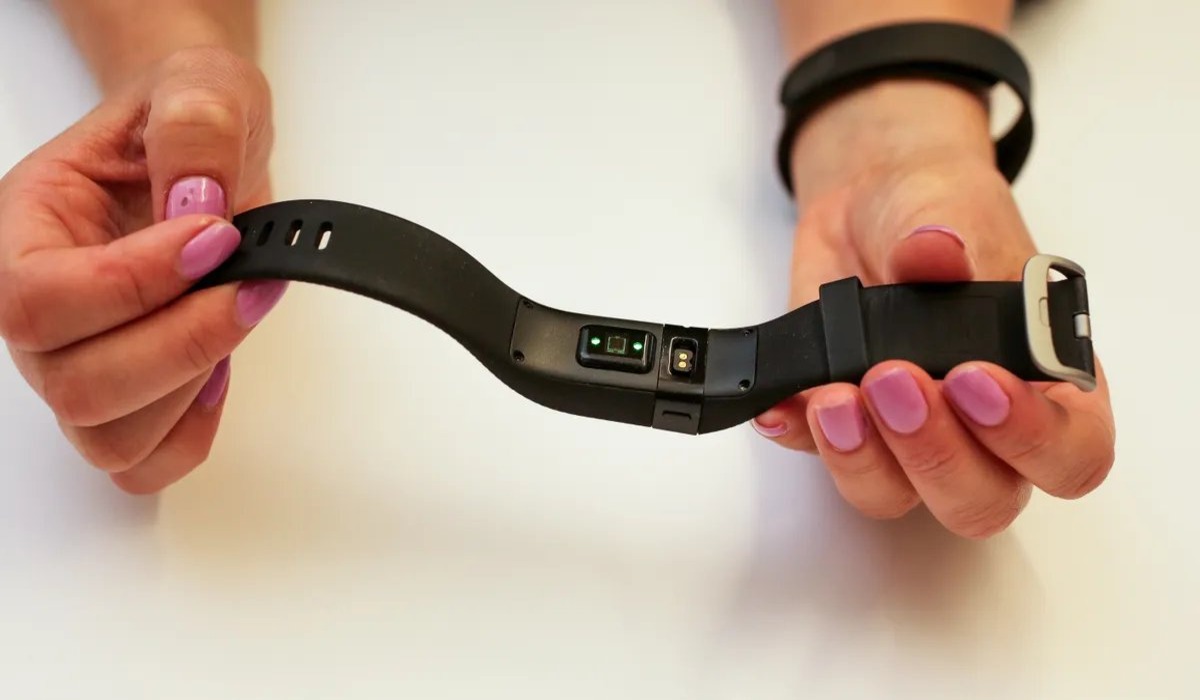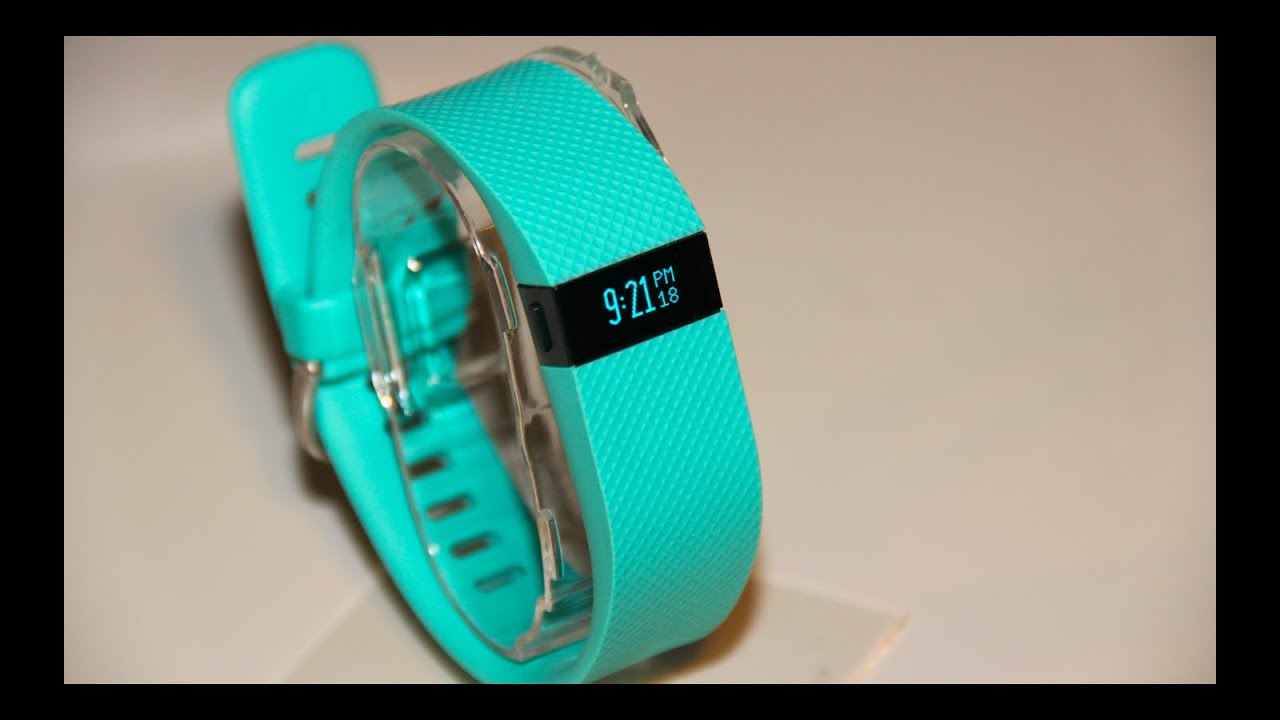Introduction
The Fitbit Charge HR is a popular wearable device that has revolutionized the way we track our health and fitness. With its sleek design and advanced features, the Fitbit Charge HR has become an indispensable companion for fitness enthusiasts and health-conscious individuals alike. One of the most crucial aspects of any wearable device is its battery life, as it directly impacts the device's usability and convenience.
Understanding the battery lifespan of the Fitbit Charge HR is essential for users who rely on this device to monitor their daily activities, exercise routines, and sleep patterns. By gaining insights into the factors that influence the battery life of the Fitbit Charge HR, users can make informed decisions about charging frequency, usage patterns, and device maintenance.
In this comprehensive guide, we will delve into the various factors that affect the battery life of the Fitbit Charge HR, explore methods for estimating its battery life under different conditions, and provide valuable tips for extending the lifespan of the device's battery. Whether you're a seasoned Fitbit user or a newcomer to the world of wearables, this article will equip you with the knowledge and strategies to optimize the battery performance of your Fitbit Charge HR.
As we embark on this journey to unravel the mysteries of Fitbit Charge HR battery life, it's important to recognize the pivotal role that battery longevity plays in enhancing the overall user experience. By understanding the intricate interplay of hardware, software, and user behavior, we can uncover practical solutions to maximize the battery lifespan of the Fitbit Charge HR. So, let's dive into the realm of wearables and embark on a quest to unlock the secrets of estimating and extending the battery life of the Fitbit Charge HR.
Factors Affecting Fitbit Charge HR Battery Life
The battery life of the Fitbit Charge HR is influenced by a myriad of factors, ranging from hardware specifications to user behavior. Understanding these factors is crucial for optimizing the device's battery performance and ensuring a seamless user experience. Let's explore the key elements that affect the battery life of the Fitbit Charge HR:
-
Display Settings: The display of the Fitbit Charge HR plays a significant role in determining its battery consumption. Brightness levels, screen timeout settings, and the frequency of screen activations directly impact the device's power usage. Users can conserve battery life by adjusting the display settings to minimize unnecessary power consumption.
-
Heart Rate Monitoring: The Fitbit Charge HR's continuous heart rate monitoring feature is a power-intensive function. Regular heart rate tracking can significantly impact the device's battery life, especially during workouts or vigorous physical activities. Users may choose to selectively enable heart rate monitoring to conserve battery power when it's not essential.
-
GPS Usage: If the Fitbit Charge HR is used in conjunction with a smartphone's GPS for activity tracking, the battery drain can be more pronounced. Utilizing GPS for extended periods can accelerate battery depletion, and users should be mindful of its impact on the device's overall battery life.
-
Wireless Syncing: The wireless syncing feature, while convenient, can contribute to increased power consumption. The frequency of data synchronization between the Fitbit Charge HR and the connected smartphone or computer can influence the device's battery longevity.
-
Firmware Updates: Periodic firmware updates from Fitbit may introduce optimizations and improvements, including enhancements to battery efficiency. Keeping the device's firmware up to date can positively impact its overall battery performance.
-
Temperature and Environment: Environmental factors, such as extreme temperatures and humidity, can affect the battery life of the Fitbit Charge HR. Exposure to high or low temperatures can lead to accelerated battery drain, emphasizing the importance of maintaining an optimal operating environment for the device.
-
Usage Patterns: Individual usage patterns, including the frequency and intensity of physical activities, sleep tracking, and app usage, can influence the overall battery consumption of the Fitbit Charge HR. Understanding one's usage habits is essential for managing and optimizing the device's battery life.
By comprehending the multifaceted factors that impact the battery life of the Fitbit Charge HR, users can make informed decisions to maximize the device's longevity between charges. It's essential to strike a balance between leveraging the device's features and implementing power-saving strategies to ensure an optimal and enduring battery performance.
Estimating Fitbit Charge HR Battery Life
Estimating the battery life of the Fitbit Charge HR involves considering various usage scenarios and understanding how different factors impact power consumption. While Fitbit provides general estimates for battery life based on typical usage patterns, individual experiences may vary based on personal settings, activity levels, and environmental conditions.
The Fitbit Charge HR is designed to offer an impressive battery life, typically lasting up to 5 days on a single charge. However, this estimate is based on moderate usage, and real-world scenarios can lead to deviations from these projections. To estimate the battery life of the Fitbit Charge HR more accurately, users can consider the following factors:
-
Activity Intensity: High-intensity workouts, extensive use of heart rate monitoring, and GPS tracking during outdoor activities can accelerate battery consumption. Estimating the battery life under specific activity scenarios can help users plan their charging schedules effectively.
-
Display Usage: The frequency of screen activations and the brightness settings of the display directly impact power consumption. By assessing their typical screen interaction patterns, users can gauge the expected battery life for their usage habits.
-
Heart Rate Monitoring: Continuous heart rate monitoring is a prominent feature of the Fitbit Charge HR. Estimating battery life during periods of intense heart rate tracking, such as during exercise sessions, provides insights into power usage patterns.
-
Wireless Syncing: The frequency of data synchronization with the Fitbit app or dashboard can influence battery life. Users can estimate the impact of wireless syncing on battery consumption based on their data upload frequency.
-
Environmental Conditions: Assessing the impact of environmental factors, such as temperature and humidity, on battery life is crucial. Extreme temperatures can affect battery performance, and estimating battery life under varying environmental conditions helps users prepare for potential fluctuations.
By considering these factors and estimating the Fitbit Charge HR's battery life in diverse usage scenarios, users can gain a more nuanced understanding of their device's power consumption patterns. This insight enables them to proactively manage their charging routines and optimize the device's battery performance based on their individual needs and preferences.
Tips for Extending Fitbit Charge HR Battery Lifespan
Extending the battery lifespan of the Fitbit Charge HR is a priority for users seeking prolonged usage between charges. By implementing strategic practices and leveraging the device's features judiciously, individuals can optimize the battery performance of their Fitbit Charge HR. Here are valuable tips for extending the battery lifespan of this popular wearable device:
-
Optimize Display Settings: Adjusting the display settings of the Fitbit Charge HR can significantly impact battery life. Lowering the screen brightness and minimizing the screen timeout duration conserves power, ensuring efficient utilization of the device's battery capacity.
-
Strategic Heart Rate Monitoring: While continuous heart rate monitoring is a valuable feature, selectively enabling this function during workouts and specific activities can preserve battery life. Utilizing the heart rate monitoring feature judiciously aligns power consumption with actual usage needs.
-
Minimize GPS Usage: When using the Fitbit Charge HR in conjunction with a smartphone's GPS for activity tracking, limiting the duration of GPS usage conserves battery power. Users can selectively enable GPS tracking for outdoor activities, optimizing battery performance without compromising tracking accuracy.
-
Efficient Wireless Syncing: Managing the frequency of data synchronization between the Fitbit Charge HR and the associated app or dashboard is instrumental in extending battery life. Strategic scheduling of data uploads minimizes power consumption, ensuring efficient use of the device's battery resources.
-
Regular Firmware Updates: Keeping the Fitbit Charge HR's firmware up to date is essential for optimizing battery efficiency. Firmware updates often include enhancements that improve power management, contributing to extended battery lifespan and overall device performance.
-
Mindful Environmental Exposure: Protecting the Fitbit Charge HR from extreme temperatures and humidity is crucial for preserving battery longevity. Avoiding prolonged exposure to harsh environmental conditions safeguards the device's battery performance, ensuring consistent and reliable usage.
-
Strategic Usage Patterns: Understanding individual usage patterns and optimizing the device's features based on personal routines can significantly impact battery life. By aligning usage habits with power-saving strategies, users can extend the lifespan of the Fitbit Charge HR's battery.
By implementing these tips, users can proactively manage the battery performance of their Fitbit Charge HR, ensuring prolonged usage and minimizing the frequency of recharging. These strategies empower users to make informed decisions about optimizing the device's battery lifespan, enhancing the overall experience of using this innovative wearable technology.
Conclusion
In conclusion, the battery lifespan of the Fitbit Charge HR is a critical aspect that profoundly influences the user experience and practicality of this advanced wearable device. By delving into the factors that affect its battery life, estimating power consumption under various usage scenarios, and implementing strategies to extend its battery lifespan, users can harness the full potential of the Fitbit Charge HR while optimizing its battery performance.
Understanding the multifaceted factors that impact the Fitbit Charge HR's battery life empowers users to make informed decisions about their usage patterns, device settings, and environmental considerations. By strategically managing features such as display settings, heart rate monitoring, GPS usage, wireless syncing, firmware updates, and environmental exposure, users can proactively optimize the device's battery performance while maximizing its longevity between charges.
Estimating the Fitbit Charge HR's battery life under diverse usage scenarios provides valuable insights into power consumption patterns, enabling users to plan their charging routines effectively and align their device usage with power-saving strategies. This nuanced understanding of battery consumption facilitates a more efficient and sustainable approach to utilizing the Fitbit Charge HR, ensuring a seamless and uninterrupted experience.
Furthermore, the implementation of practical tips for extending the Fitbit Charge HR's battery lifespan empowers users to take proactive measures in preserving battery longevity. By optimizing display settings, strategically utilizing heart rate monitoring and GPS features, managing wireless syncing, staying updated with firmware enhancements, and aligning usage patterns with power-saving strategies, users can significantly extend the device's battery lifespan and minimize the frequency of recharging.
In essence, the journey to unlock the secrets of estimating and extending the battery life of the Fitbit Charge HR culminates in an enriched user experience, characterized by prolonged usage, efficient power management, and seamless integration of wearable technology into daily routines. By leveraging the insights and strategies outlined in this guide, users can embark on a path to maximize the potential of their Fitbit Charge HR while ensuring enduring battery performance in the dynamic landscape of health and fitness tracking.
Ultimately, the convergence of knowledge, practical application, and proactive management culminates in a harmonious synergy between user expectations and the capabilities of the Fitbit Charge HR, fostering a sustainable and gratifying experience in the realm of wearable technology.







